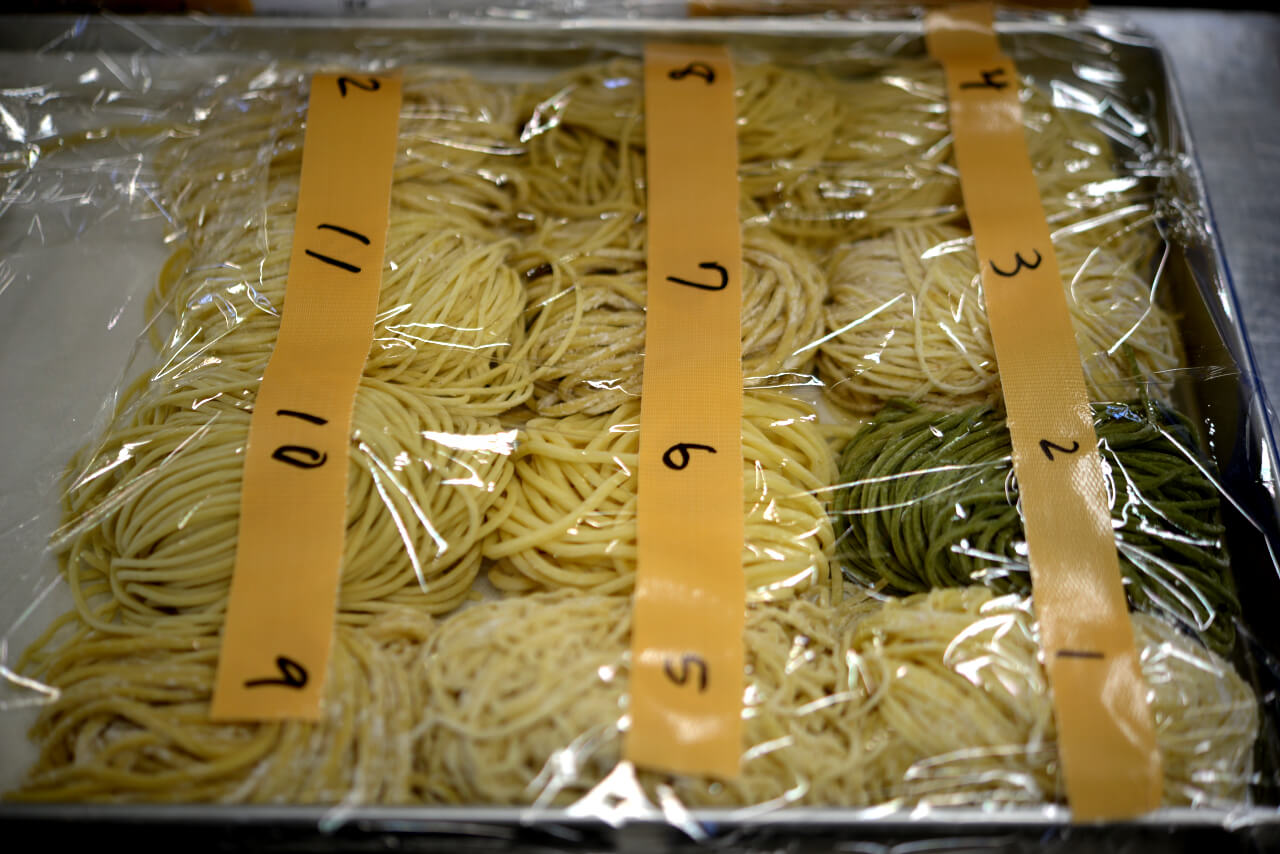

Articles
How To Store Ramen Noodles
Modified: February 26, 2024
Learn the best tips for storing ramen noodles in this informative article. Discover how to keep them fresh and tasty for longer periods.
(Many of the links in this article redirect to a specific reviewed product. Your purchase of these products through affiliate links helps to generate commission for Storables.com, at no extra cost. Learn more)
Introduction
Welcome to the world of ramen noodles, where deliciousness and convenience collide. Whether you’re a student, a busy professional, or simply a fan of these savory noodles, knowing how to store ramen noodles properly is essential to maintain their freshness and taste. In this article, we will explore the different aspects of storing ramen noodles, from choosing the right packaging to ideal storage conditions, and provide you with valuable tips for prolonging their shelf life.
Ramen noodles have gained immense popularity worldwide due to their quick and easy preparation, making them a go-to meal for many people. However, it’s important to remember that proper storage plays a crucial role in maintaining the quality of these noodles. By following the right techniques, you can prevent your ramen noodles from becoming stale or losing their flavor.
Before we dive into the specifics of storing ramen noodles, let’s take a moment to understand the importance of selecting the right packaging for optimal storage.
Key Takeaways:
- Properly storing ramen noodles is crucial for maintaining their freshness and flavor. Choose the right packaging, create an ideal storage environment, and follow effective storage methods to ensure long-term deliciousness.
- Prolong the shelf life of your stored ramen noodles by checking expiration dates, rotating your stock, and keeping them away from moisture and strong odors. Properly reheat them using stovetop, microwave, or steamer methods for a satisfying bowl of ramen anytime.
Read more: How To Store Cooked Ramen Noodles
Choosing the Right Packaging
When it comes to storing ramen noodles, selecting the right packaging is key. Ramen noodles typically come in two main types of packaging: instant noodle cups and packets.
Instant noodle cups are a popular choice for those seeking a quick and convenient meal option. They come pre-packaged in a cup with a lid and are often accompanied by a flavoring sachet. While these cups are convenient for on-the-go consumption, they may not be the best option for long-term storage due to their exposure to air. The cups are not typically resealable, which can lead to the noodles becoming stale over time.
Packets, on the other hand, are typically more suitable for long-term storage. These include ramen noodles that come in a plastic or paper packaging, with flavoring packets enclosed. The packets are usually sealed to ensure freshness and can be easily stored in a pantry or cupboard. Additionally, some brands offer resealable packets, allowing you to consume a portion of the noodles and save the rest for later.
When choosing the right packaging, consider your storage needs and the duration for which you intend to store the noodles. If you’re planning to consume them within a few weeks, instant noodle cups can be a reasonable option. However, if you want to store them for an extended period, packets with resealable options are the way to go to maintain the quality and taste of the noodles.
Now that we’ve covered the importance of packaging selection, let’s delve into finding the ideal storage environment for your ramen noodles.
Finding the Ideal Storage Environment
When it comes to storing ramen noodles, creating the ideal storage environment is crucial to ensuring their longevity. Here are some key factors to consider when determining the best storage conditions for your noodles:
- Temperature: Ramen noodles should be stored in a cool and dry environment. The ideal temperature range is between 50-70°F (10-21°C). Excessive heat can lead to the noodles becoming mushy or developing off flavors, while excessive cold can cause the noodles to become too hard. Avoid storing them near heat sources or in areas prone to temperature fluctuations.
- Humidity: Moisture is the enemy of ramen noodles, as it can lead to clumping and spoilage. It’s best to store the noodles in a low humidity environment, ideally below 60%. Avoid storing them in areas like the bathroom or near a dishwasher where moisture levels are high.
- Light: Exposure to light can affect the quality and taste of ramen noodles. Store them in a dark place or use opaque containers to block out light and prevent potential flavor degradation.
- Air Flow: Proper air circulation is important to maintain the freshness of the noodles. Avoid storing them in airtight containers as it can trap moisture and affect the quality. Instead, opt for resealable bags or containers that allow for some airflow.
By considering these factors, you can create an ideal storage environment that will help preserve the quality, texture, and flavor of your ramen noodles. Now that we’ve covered the basics of selecting the right packaging and finding the ideal storage conditions, let’s explore different methods for storing ramen noodles.
Methods for Storing Ramen Noodles
There are several methods you can use to store ramen noodles and ensure their long-term freshness. Here are a few effective techniques:
- Pantry or Cupboard Storage: One of the simplest methods is to store ramen noodles in a cool and dry pantry or cupboard. Ensure they are placed away from heat sources and direct sunlight. The sealed packets can be stored as they are, or you can transfer them to airtight containers or resealable bags for added protection against moisture and pests.
- Freezer Storage: If you want to extend the shelf life of your ramen noodles, freezing is a great option. Place the uncooked noodles in a zip-top freezer bag or an airtight container and store them in the freezer. Freezing will help prevent the growth of bacteria and maintain the freshness of the noodles. When you’re ready to use them, simply thaw the noodles in the refrigerator before cooking.
- Vacuum Sealing: Vacuum sealing is another effective method for preserving the freshness of ramen noodles. Use a vacuum sealer to remove excess air from the packets or transfer the noodles to vacuum-sealed bags. This method creates an airtight seal, protecting the noodles from moisture and oxidation.
- Dividing Portions: If you prefer consuming smaller portions of ramen noodles at a time, consider divining them before storage. Open the package and separate the noodles into individual serving sizes. This way, you can easily grab a portion when needed without exposing the remaining noodles to air or moisture.
These methods offer flexibility in storing your ramen noodles according to your preferences and needs. Whether it’s pantry storage, freezer storage, vacuum sealing, or dividing portions, each technique can help maintain the quality of the noodles and ensure they are ready to be cooked whenever you crave a hot and delicious bowl of ramen.
Now that you know how to store ramen noodles using different methods, let’s explore some valuable tips for prolonging their shelf life.
Store ramen noodles in a cool, dry place away from direct sunlight to maintain their quality. Keep them in an airtight container to prevent moisture and pests from getting in.
Tips for Prolonging Shelf Life
To ensure the longest possible shelf life for your stored ramen noodles, consider the following tips:
- Check Expiration Dates: Always check the expiration dates on the packaging before purchasing or storing ramen noodles. Using them beyond their expiration date can lead to deterioration in quality and taste.
- Rotate Your Stock: Practice the “first in, first out” principle when it comes to consuming stored ramen noodles. This means using the oldest packets first to ensure that they are consumed before they reach their expiration date.
- Keep Away from Moisture: Moisture can cause the noodles to become clumpy and lose their texture. Make sure to store the noodles in a dry environment and avoid exposing them to high humidity.
- Avoid Strong Odors: Ramen noodles can absorb strong odors from nearby foods or spices, which can alter their taste. Store them away from potent-smelling items to maintain their original flavors.
- Store Seasoning Packets Separately: If you prefer to store ramen noodles and seasoning packets separately, make sure to label them accurately. This way, you can easily pair them together when you’re ready to cook.
- Regularly Inspect for Pest Infestation: Check your stored noodles regularly for signs of pests such as insects or rodents. If you notice any signs of infestation, discard the affected packets immediately to prevent further contamination.
By following these tips, you can maximize the shelf life of your stored ramen noodles and enjoy them at their best quality. Now that you know how to store and prolong the shelf life of your noodles, let’s move on to the final section of this article – properly reheating stored ramen noodles.
Read more: How To Store Ramen Noodles Long Term
Properly Reheating Stored Ramen Noodles
After storing ramen noodles, it’s important to know the proper way to reheat them to enjoy their deliciousness. Here are some methods for reheating stored ramen noodles:
- Stovetop Method: The stovetop method is a classic and reliable way to reheat ramen noodles. Start by bringing a pot of water to a boil. Once the water is boiling, add the noodles and cook them according to the package instructions. Be careful not to overcook them, as this can lead to mushy noodles. Once heated, drain the noodles and add them to your desired soup or broth.
- Microwave Method: If you’re looking for a quick and convenient option, reheating ramen noodles in the microwave is a great choice. Place the noodles and any accompanying broth in a microwave-safe bowl. Cover the bowl with a microwave-safe lid or microwave-safe wrap. Heat the noodles in short intervals, stirring in between, until they are heated through. Be cautious not to overheat or microwave them for too long as it may result in dry noodles.
- Steamer Method: If you have access to a steamer, this method can help retain the texture and flavor of the ramen noodles. Place the noodles and any broth or toppings in a heatproof container. Steam the noodles for a few minutes until they are heated through. This gentle reheating method can help prevent the noodles from becoming overly soft.
Remember to check the package instructions for any specific reheating recommendations from the manufacturer. Additionally, if you have stored the noodles separately from the seasoning packets, be sure to add the desired amount of seasoning to enhance the flavors.
Now that you’re equipped with the knowledge of how to properly reheat stored ramen noodles, you can enjoy them as if they were freshly made. But before we conclude, let’s summarize the main points we’ve covered so far.
Conclusion
Storing ramen noodles properly is essential for maintaining their freshness, taste, and overall quality. By choosing the right packaging, such as resealable packets, and finding the ideal storage environment, including temperature, humidity, light, and air flow considerations, you can ensure that your ramen noodles stay delicious for a longer period.
We explored different methods for storing ramen noodles, including pantry or cupboard storage, freezing, vacuum sealing, and dividing portions. Each method offers its own advantages, allowing you to tailor the storage technique to your needs and preferences.
To prolong the shelf life of your stored ramen noodles, we provided valuable tips such as checking expiration dates, rotating your stock, keeping away from moisture and strong odors, storing seasoning packets separately, and regularly inspecting for pest infestation.
Once you’re ready to enjoy your stored ramen noodles, we discussed the proper reheating methods, including stovetop, microwave, and steamer techniques. Following these methods will help you reheat the noodles while preserving their texture and flavor.
By following the guidelines outlined in this article, you can ensure that your stored ramen noodles remain fresh and delicious. Whether you’re storing them for a short period or for the long-term, proper storage and reheating techniques will allow you to enjoy a satisfying bowl of ramen whenever the craving strikes.
So, go ahead and store your ramen noodles with confidence, knowing that you have the knowledge to keep them at their best. Happy cooking and enjoy your mouthwatering ramen!
Frequently Asked Questions about How To Store Ramen Noodles
Was this page helpful?
At Storables.com, we guarantee accurate and reliable information. Our content, validated by Expert Board Contributors, is crafted following stringent Editorial Policies. We're committed to providing you with well-researched, expert-backed insights for all your informational needs.

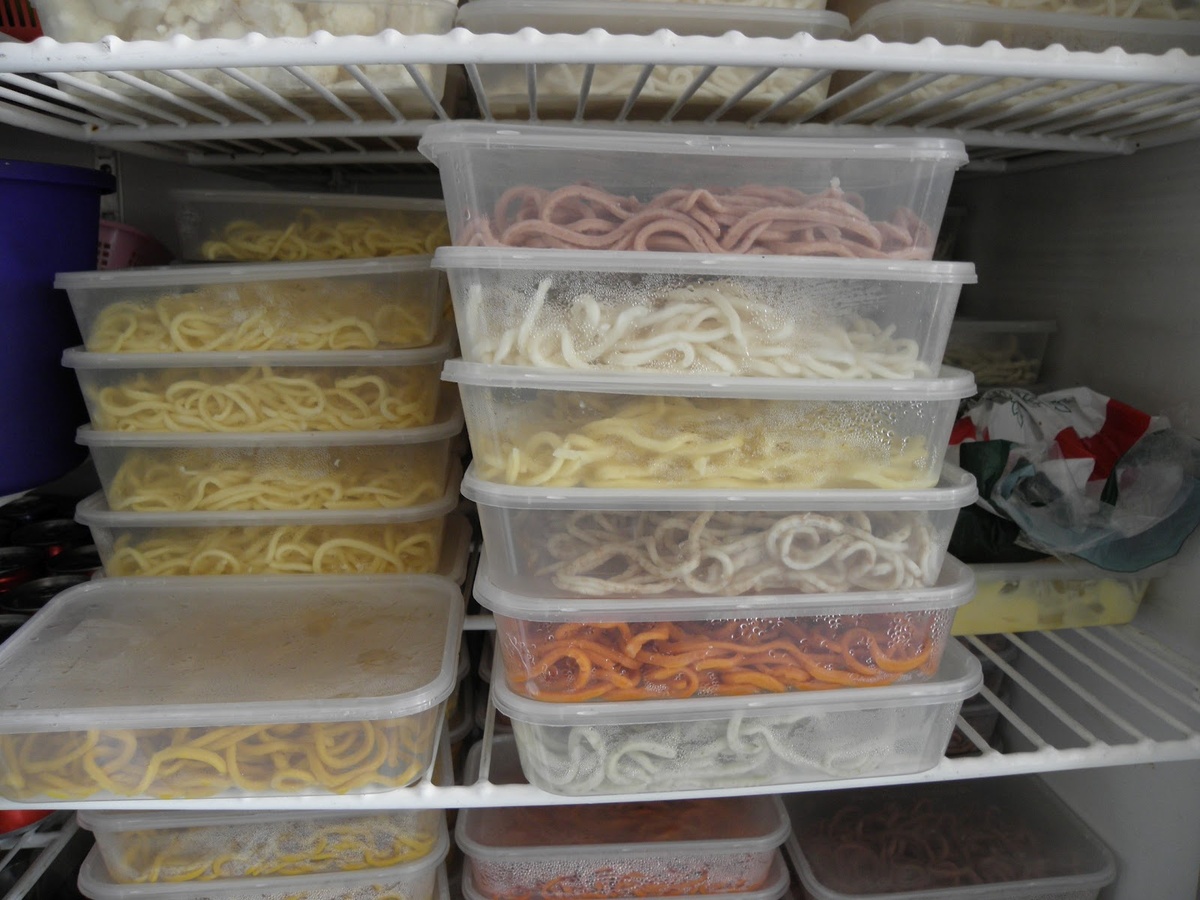


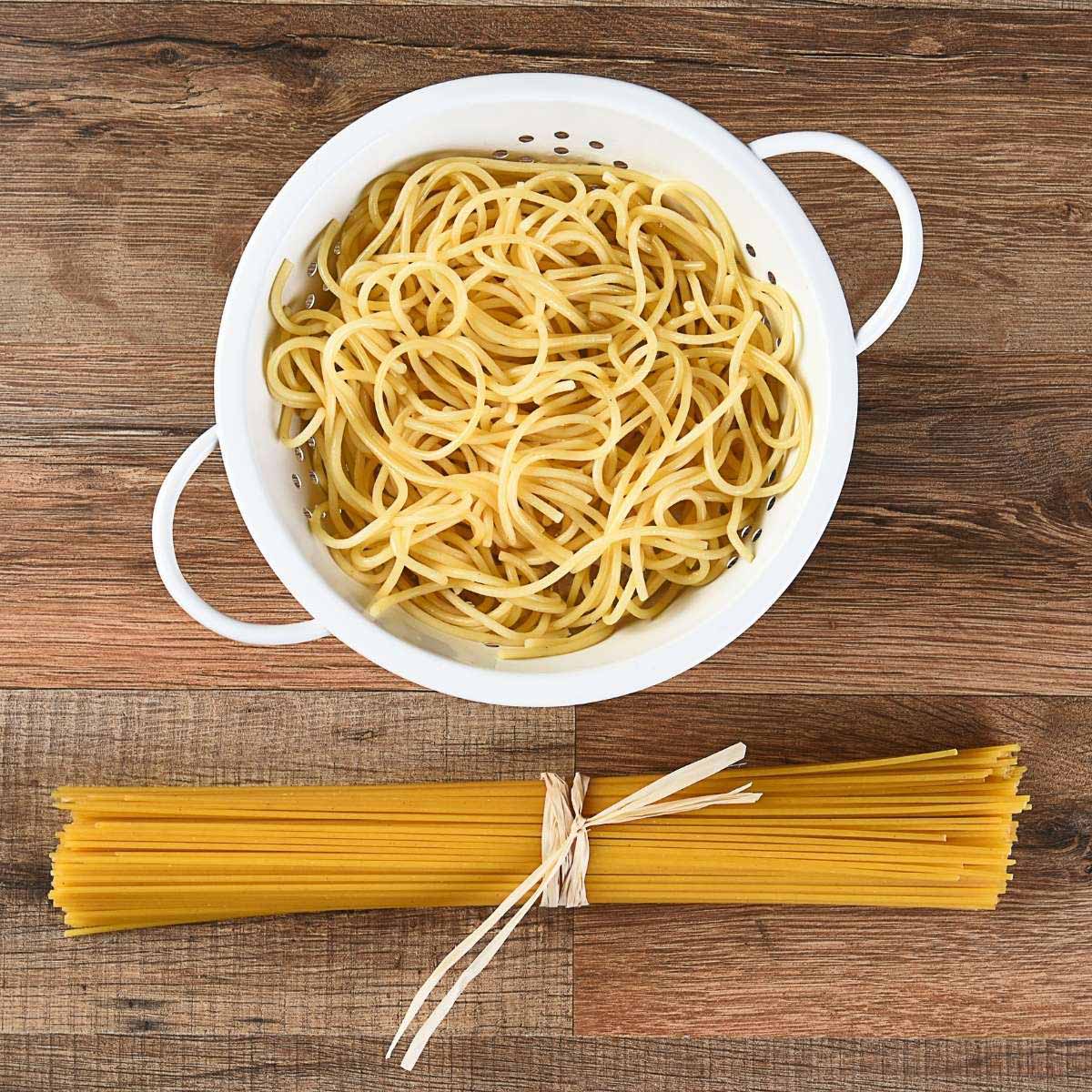
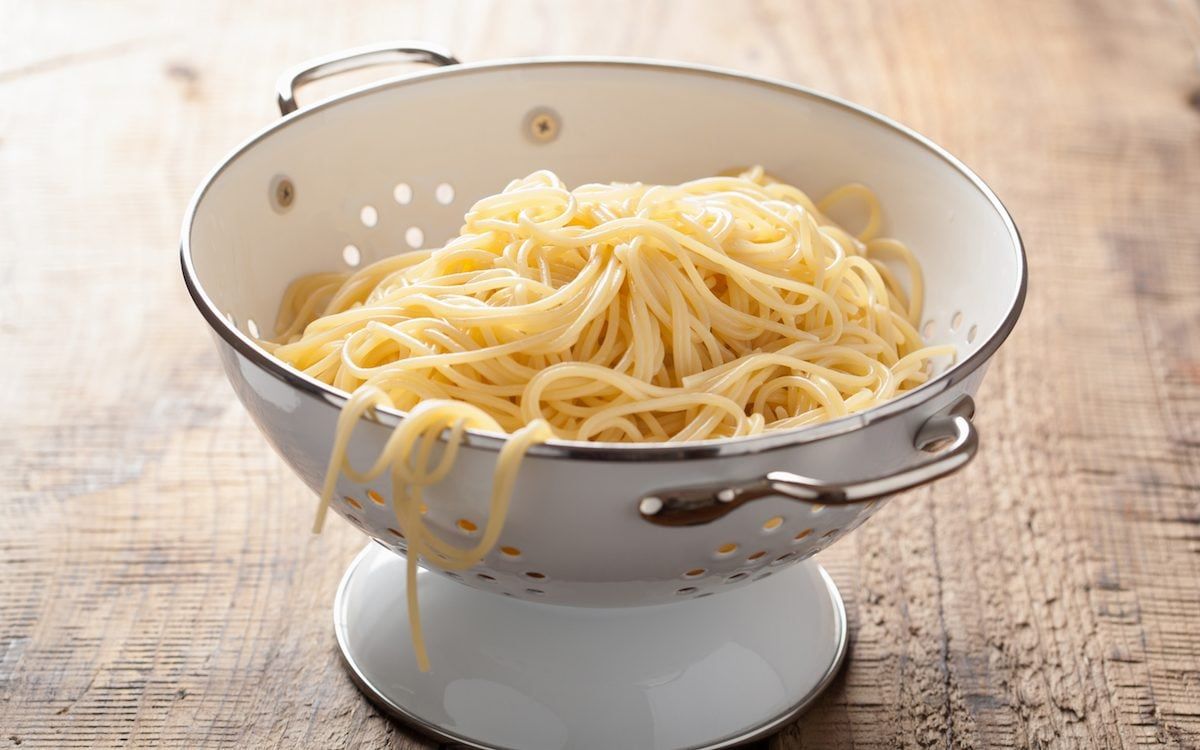


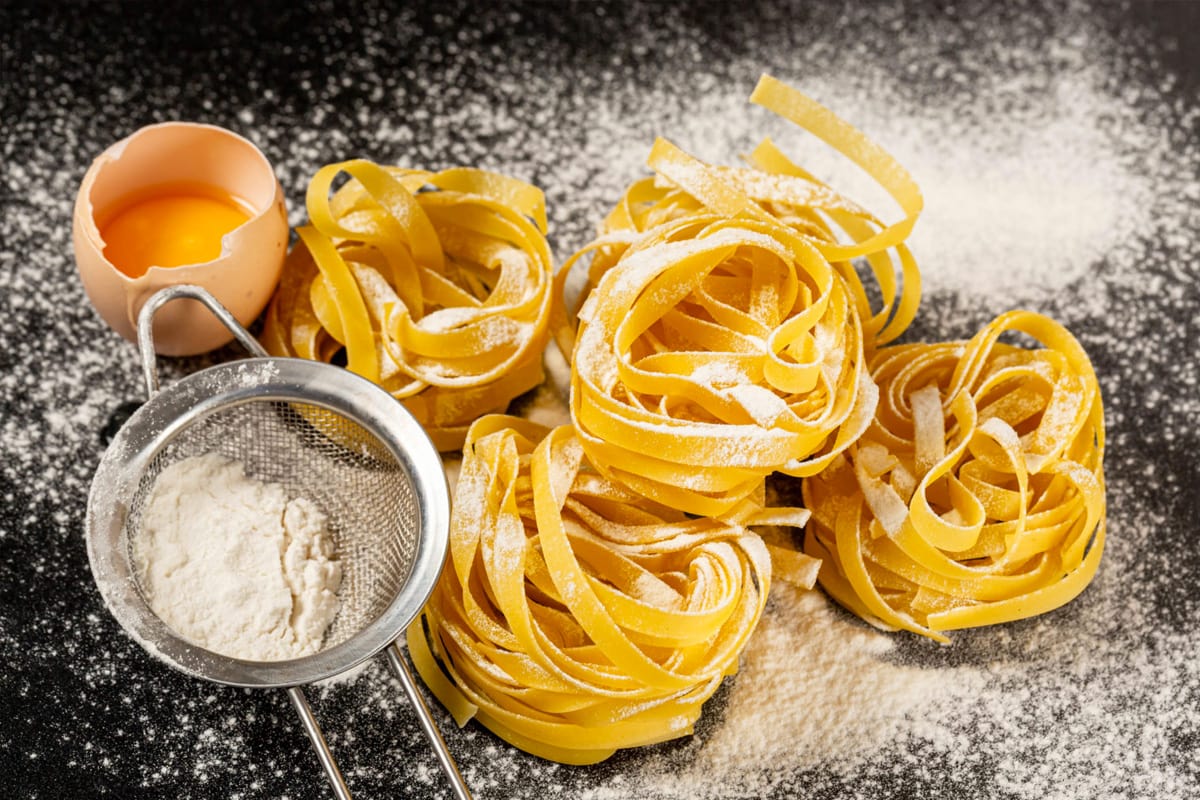

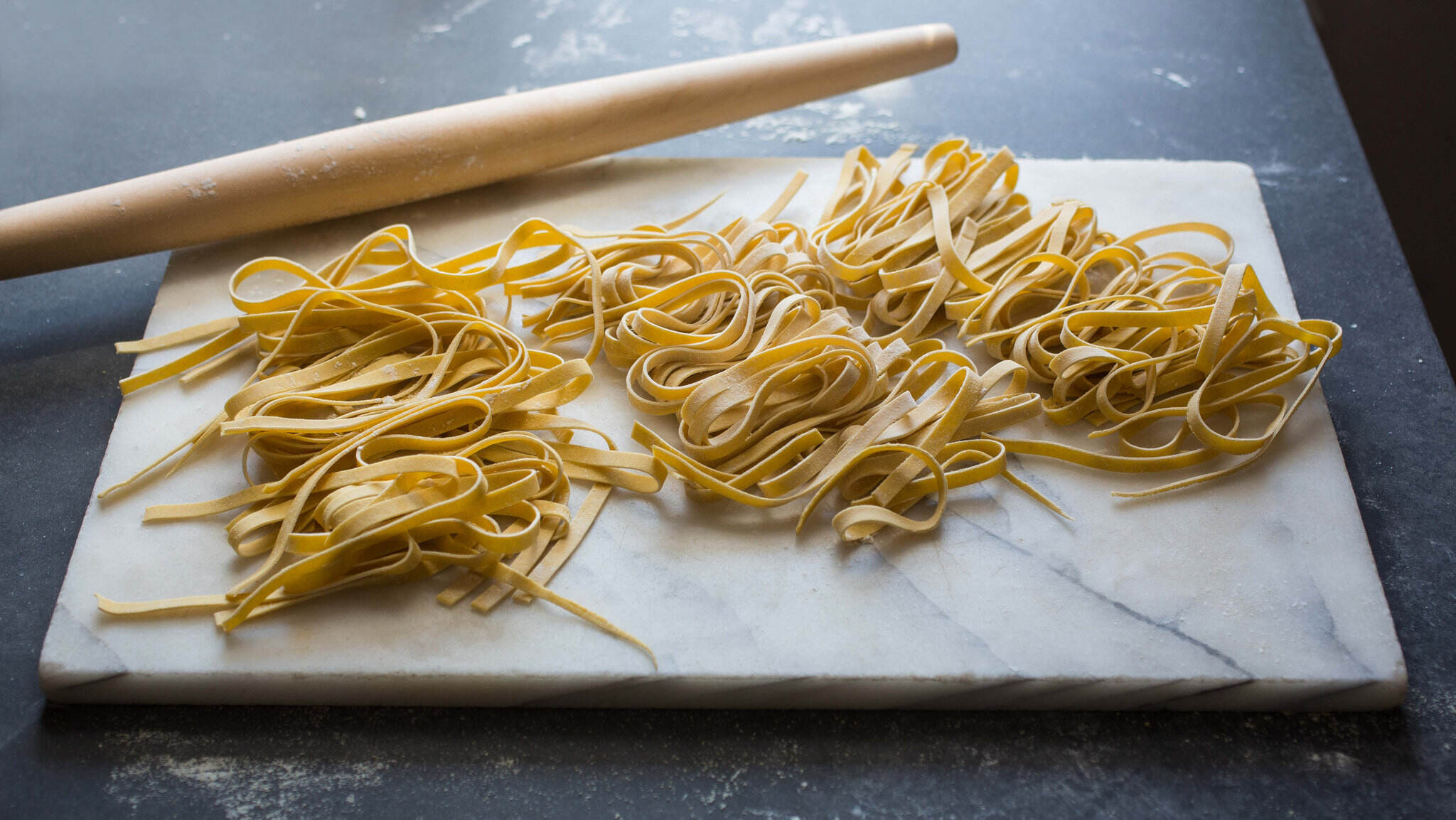
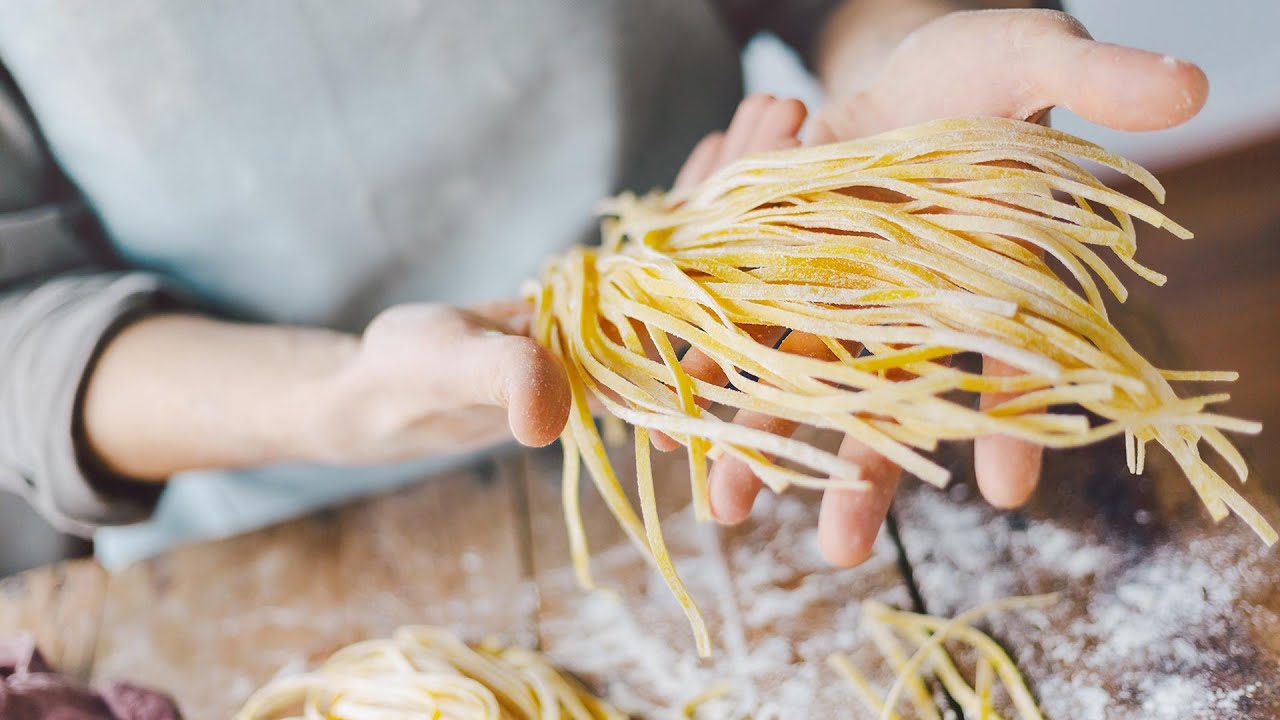
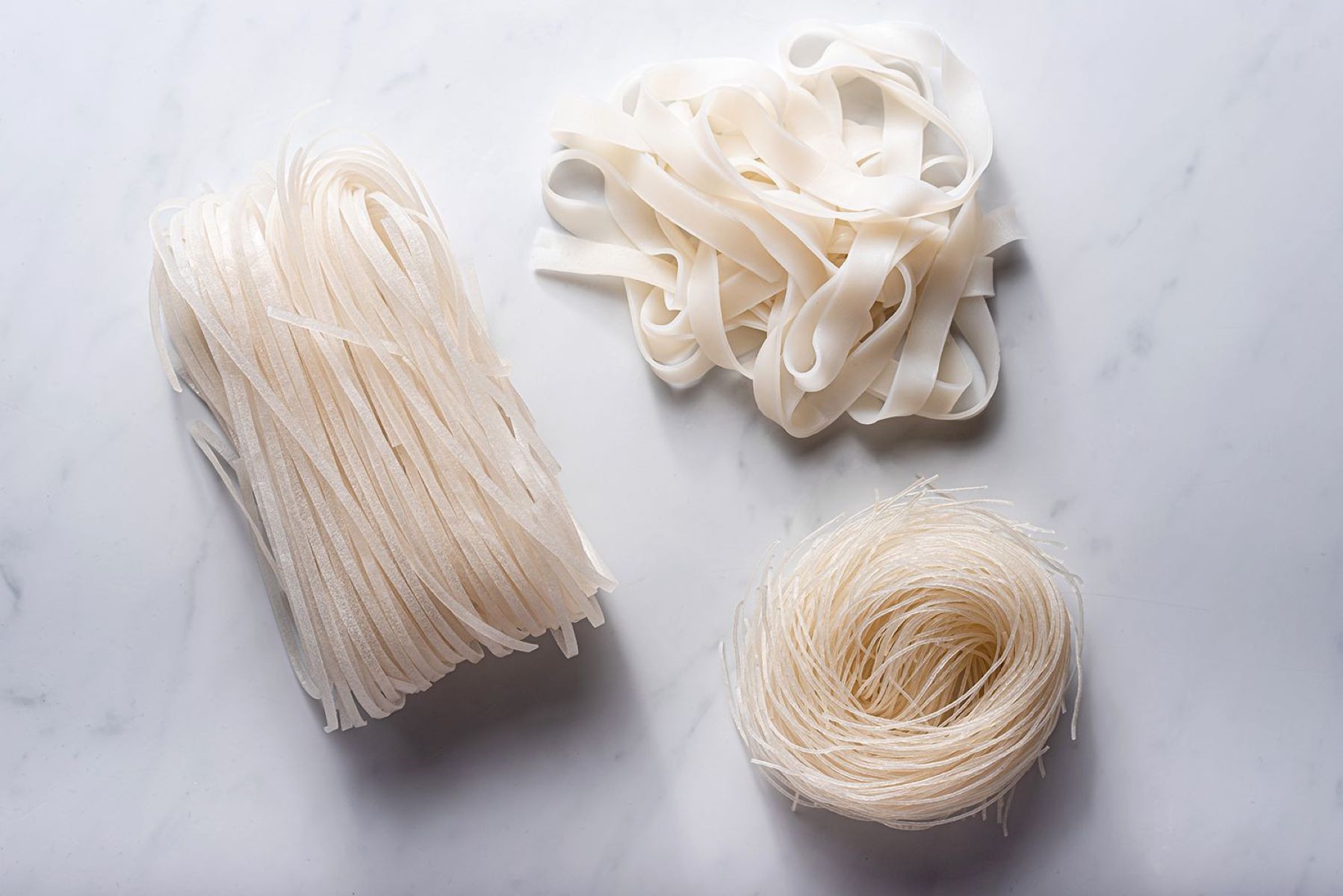


0 thoughts on “How To Store Ramen Noodles”